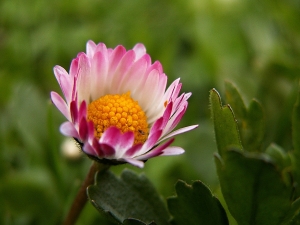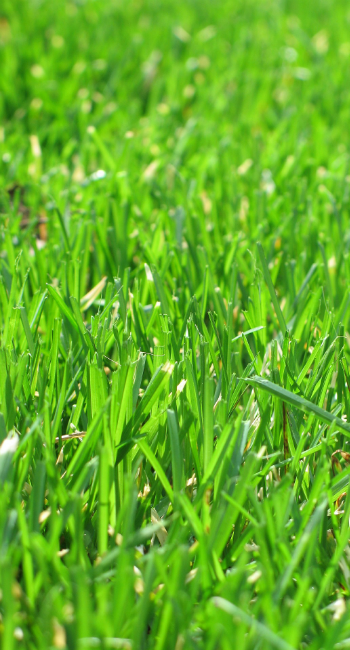Disease Control
Disease control for trees and ornamental plants is an ongoing process. The health of ornamental plants is dependent upon many factors that continue to change with each growing season. Early identification of potential or existing problems is the key for management practices. All of our Ornamental Technicians are certified by the Maryland Department of Agriculture and have obtained their degree in Agronomy. When it comes to plant health care we will deliver the very best technicians, disease control procedures and recommendations each and every visit. We are experts in diagnosing and treating diseases that affect trees and ornamental plants in the Baltimore, Maryland area.
How Will Disease Affect Your Trees?
Three things are required for a disease to develop:
-
the presence of a pathogen (the disease-causing agent)
-
plant susceptibility to that particular pathogen
-
an environment suitable for disease development

Ornamental plants vary in susceptibility to disease. Many disease prevention programs focus on the use of pathogen-resistant plant varieties. Even if the pathogen is present and a susceptible plant host is available, the right environmental conditions must be present over the correct period of time for the pathogen to infect the plant.
Diseases can be classified into two broad categories: those caused by infectious or living agents (diseases) and those caused by noninfectious or nonliving agents (disorders).
Examples of infectious agents include fungi, viruses, and bacteria. Noninfectious diseases, which account for 70 to 90 percent of all ornamental plant problems in urban areas, can be caused by such factors as nutrient deficiencies, temperature extremes, vandalism, pollutants, and fluctuations in moisture. Noninfectious disorders often produce symptoms similar to those caused by infectious diseases, so it is essential to distinguish between the two in order to give proper disease control treatment.



